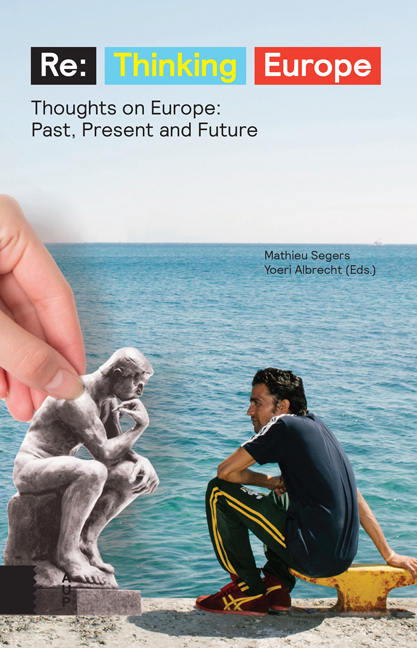Germany in and with and for Europe
Published online by Cambridge University Press: 07 January 2021
Summary
Berlin, 4 December 2011
Friends, Ladies and Gentlemen,
Let me begin on a personal note. When Sigmar Gabriel, Frank- Walter Steinmeier and my party asked me once again for a contribution, I recalled with pleasure that, 65 years ago today, I was kneeling on the floor with my wife, Loki, painting invitation posters for the SPD in the Neugraben district of Hamburg. But I must admit that at my age I am beyond good and evil in respect of any party politics. For a long time now my two major interests have been the tasks facing this country and the role it should play in the crucial arena of European integration.
I am pleased to share this lectern with Jens Stoltenberg from Norway who, in the midst of the profound misfortune his country has suffered, has provided us and all Europeans with a shining example of unwavering, constitutional, liberal and democratic leadership.
When you’re as old as I am, you have a natural tendency to take a long-term perspective – both backwards into history and forwards into the future, in which you place your hopes and your aspirations. That said, I nonetheless found it impossible to give a straightforward answer to a very simple question put to me just a few days ago by Wolfgang Thierse, who asked me when I thought Germany would finally become a normal country. I answered by saying that Germany would not be a “normal” country in the foreseeable future. Standing in the path to normality is the enormous and unique burden of our history. A further stumbling block is the economically and demographically dominant central position Germany occupies in the middle of our very small continent with its multitude of different nation states.
Which brings me to the heart of the complex subject matter I wish to address: Germany in, with and for Europe.
Motives and origins of European integration
Although a few of the 40-odd nation states in Europe – Italy, Greece and Germany, for example – were late in developing the national identity they have today, bloody wars have been fought time and again all over the continent.
- Type
- Chapter
- Information
- ReThinking Europe Thoughts on Europe: Past, Present and Future, pp. 293 - 308Publisher: Amsterdam University PressPrint publication year: 2016



